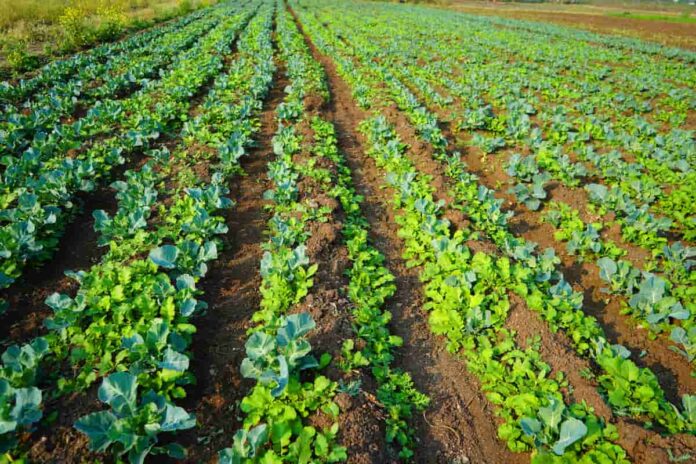
Large-scale farming practices have produced destruction and land degradation, which leads to substandard agriculture production. Sustainable and eco-friendly farming practices are grabbing people’s attention because of their innumerable advantages. Recently, Creative and environmentally friendly farming techniques have emerged as these substitute techniques may and ought to be used to guarantee sustained agricultural operations.
Sustainable practices preserve soil health, protect natural nutrients, and even enrich its nutrient cycle. The primary purpose of eco-friendly farming is to reduce the negative environmental impacts of farming and ensure sustainable agriculture. Further, this article will cover different tips for sustainable agriculture practices and how they should be done.
6 Tips For Sustainable Agriculture Practices For Ensuring Eco-Friendly Farming:
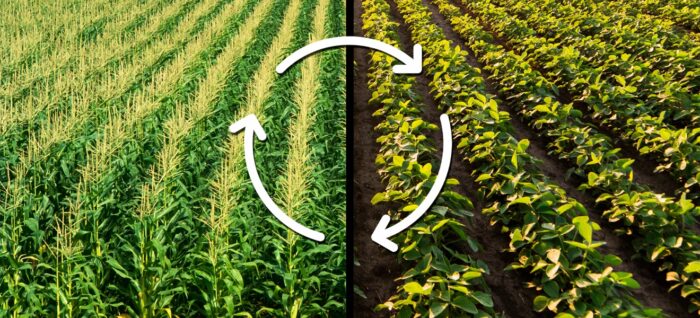
Sustainable farming activities reduce the reliance on nonrenewable resources and ensure that natural resources can be saved for future generations. Several different mediums can help ensure eco-friendly farming; to know more about it, you need to reach out to reliable sustainable agriculture sources.
1. Crop Rotation:
Crop rotation is one of the most practiced activities which ensures sustainable agriculture. The main objective and advantage of crop rotation is to enhance soil fertility, and it also disrupts the pest cycle and reduces the chances of diseases specific to certain crops. The nutritional requirements of various plants vary, and crop rotation contributes to the upkeep of a healthy soil environment.
As per the studies, crop rotation helps the soil or land regain its nutritional value for an extended period. Crop rotation is a farming practice where various crop varieties are planted in the same field throughout successive growing seasons. To ensure utmost productivity, it ensures weed suppression, which disrupts the pattern of the weed cycle. Lowering the need for herbicides and encouraging a more sustainable weed management approach aids in natural weed control.
2. Agroforestry:
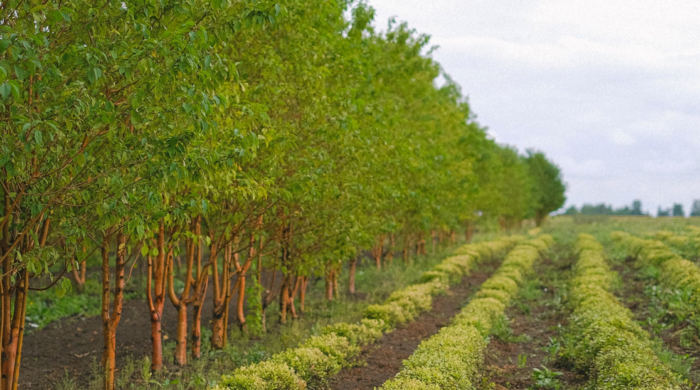
The main objective of agroforestry is to optimize the advantages of growing trees and shrubs alongside crops or livestock in a socially, economically, and environmentally sustainable way. Iot ensures that the farming should be done in a controlled manner. During farming, Many people want optimal utilization of resources, and agroforestry ensures that it is done to the greatest extent.
Agroforestry is a method of land management that can be applied to improve the soil, water, and air quality, as well as the productivity of nearby land, in order to avoid soil erosion and safeguard crops and cattle; the strategy involves planting trees and other woody perennial plants on the same ground used for agriculture. This way, you create an ecosystem and ensure that your crops have a safe growing environment. It increases biodiversity, provides shade, and ensures that the health of the plants and ecosystem can be secured.
3. Utilize Integrated Pest Management:

It takes an integrated approach to controlling pests to ensure the safety of crops that incorporates mechanical, cultural, and biological techniques in addition to the sparing application of pesticides as needed. Thus, there is less dependency on chemical inputs. It tries to use biological and environmentally safe approaches for crop nutrient supplements. IPM emphasizes that there should be minimalistic use of pests and only when necessary.
The farmers can drastically reduce their use of chemical pesticides by implementing cultural practices and biological control, two alternative pest management techniques. This is one of the tips and strategies through which the crops can get the required amount of nutrients without relying on artificial or chemical components, which is unhealthy in the long run. It helps to control the pest population resistance.
4. No Till Farming:
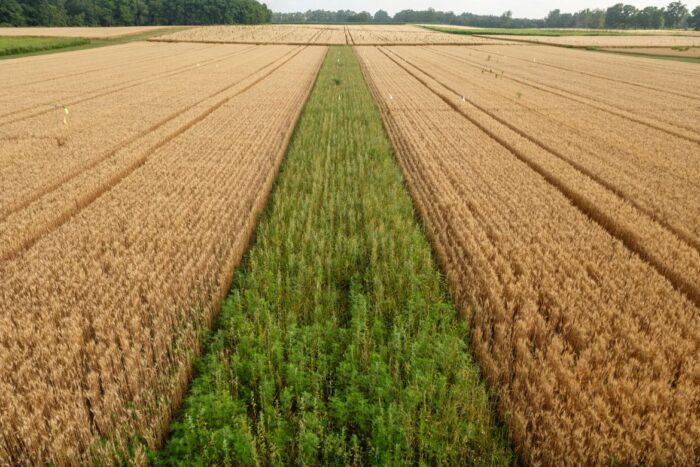
As the term suggests, no-till farming is farming with reduced tillage or no tillage techniques to minimize soil disturbance. This encourages the sequestration of carbon in the soil, lessens erosion, and maintains the structure of the soil. This way, the soil is not disturbed and easily gets enriched with nutrients.
Farmers that practice no-till agriculture refrain from tilling or plowing the soil. They ensure minimal disturbance to soil. In the process, the previous crop’s roots and stems are left in the soil to decompose and contribute organic matter to the soil. This way, it works as a component of nutrients and helps the existing plant to grow well.
As per the (USDA) US Department of Agriculture, tilling increases the loss of carbon dioxide. No tilling ensures that it does not disrupt the ecological component of the soil. Reducing the amount of tilling lowers labor, equipment, and fossil fuel use (for mechanical tilling).
5. Support And Encourage Pollinators:
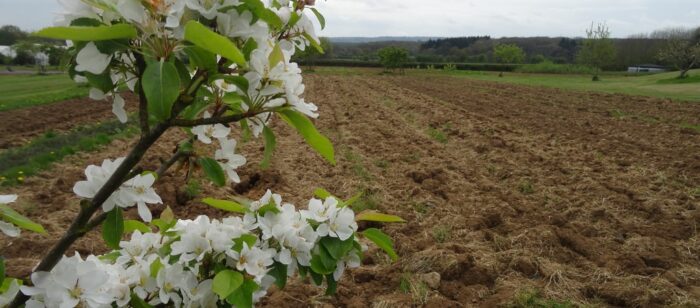
Other than going for techniques and strategies that support the order growth of crops in an eco-friendly manner, you need to use some tips that can help you to have an ecologically strong environment. Pollinators are really crucial for healthy agriculture practices. As they collect nectar, bees and butterflies, help pollinate crops in bloom. Their population is decreasing, in part because of habitat loss.
Bee-friendly blooming plants can be sown in road ditches, fence lines, and other tiled areas. To ensure good crop quality, having good pollinators is a crucial factor. You can reach out to several sources that can guide you about the local pollinators present in the near environment; this way, you will have a balanced, eco-friendly farming environment.
6. Incorporate Low Pressure Irrigation:
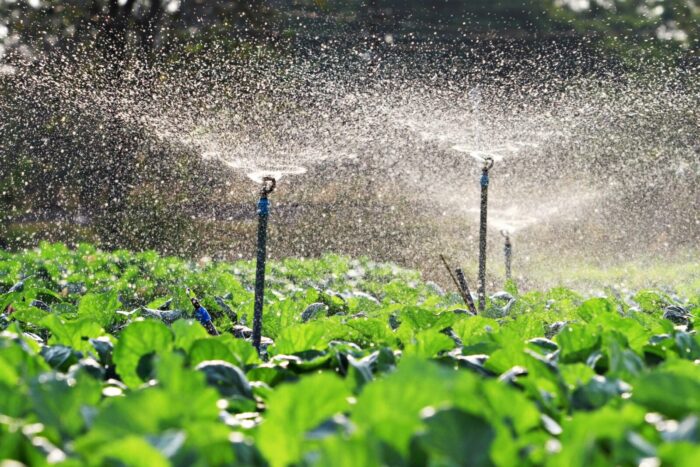
Low-pressure drop tubes use less energy by dribbling water at a pressure of around 30 pounds over the crop canopy. The purpose of low-pressure irrigation systems, such as micro sprinklers and drip irrigation, is to provide water directly to the plant root zone.
With less water wasted from evaporation, runoff, and overspray, this tailored application promotes more effective water use and overall conservation. Irrigation techniques play a significant role in ensuring sustainable agriculture as they save resources and help grow crops using minimal resources.
Bottom Line
All these practices and techniques have been used and tested for a long time, ensuring that sustainable farming can be supported. As per the statistics, friendly farming helps conserve resources and, at the same time, supports organic and healthy farming activities, which will help to grow good quality crops.
















